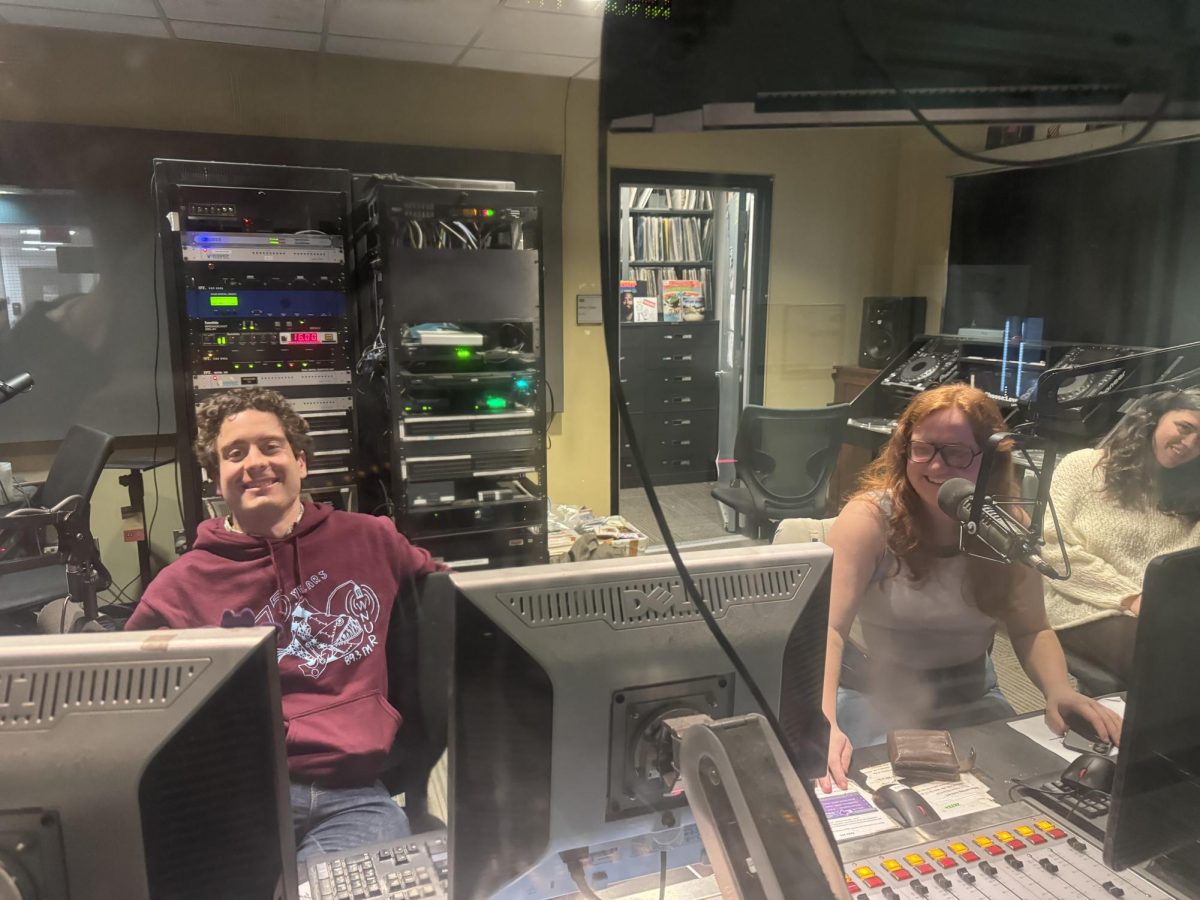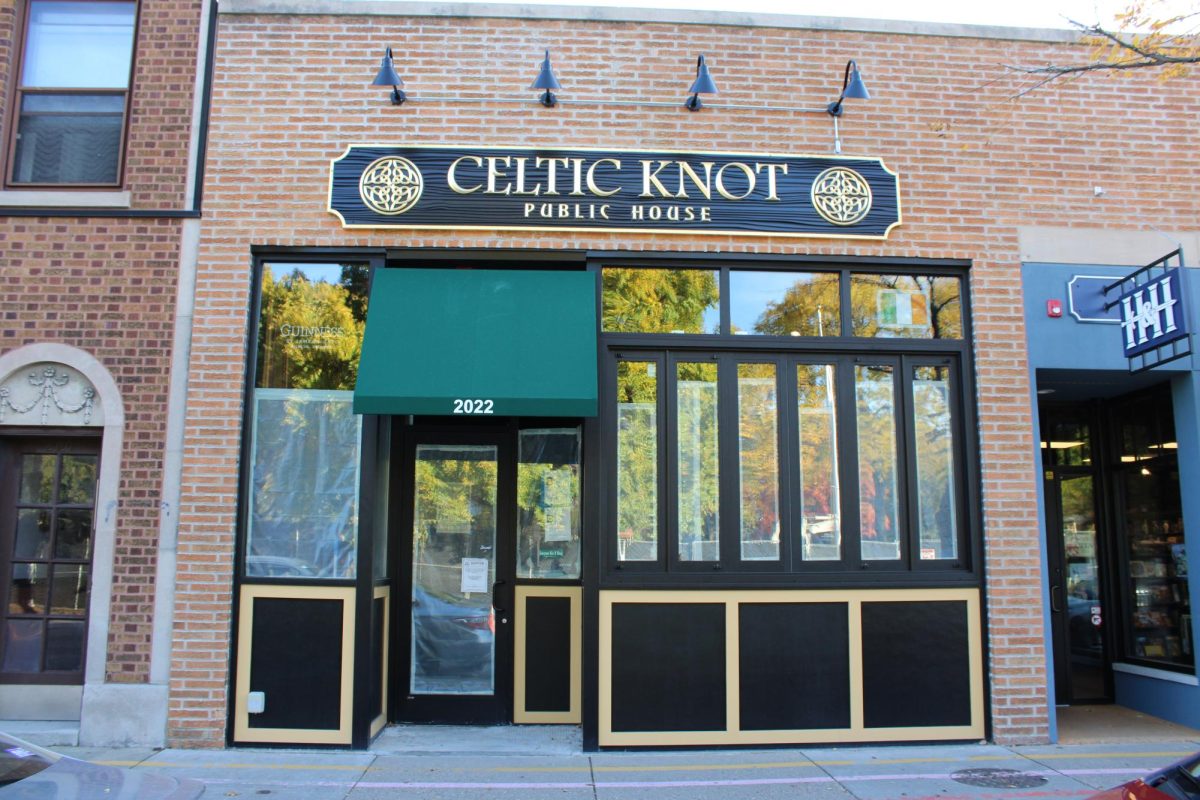On Feb. 26, a memorandum recommended that the City Council approve a proposal for implementation of an Alternative Community Response Initiative in Evanston. The proposal called for the creation of a community response team to address certain 911 calls.
“Currently, all 911 calls go to either the police or fire departments,” said Juan Geracaris, Ninth Ward Council Member and Reimagining Public Safety Committee Member.
The idea for the community response team was generated by Geracaris and his fellow Reimagining Public Safety Committee members. The committee itself was constructed by Mayor Daniel Biss with the intention to “review the City’s efforts relative to public safety.”
Among the committee’s priorities include reallocation of funding and police department personnel, managing policies within the police department and minimizing crime while achieving City goals.
In a unanimous vote, the committee approved the new program on Feb. 26. Once imposed, the program will allow 911 dispatchers to scan incoming calls for “disqualifying factors” before being directed to either the police department or the community response team. The team could start to receive calls as soon as this summer.
“The intent is to make sure the right people get dispatched to resolve calls. [The program has] been in development since before I was on Council,” said Geracaris.
Geracaris and the rest of the Reimagining Public Safety Committee believe that this new way of response will better distribute armed officers’ time and eliminate their presence when unnecessary.
“Police have been asked to be social workers, mental health professionals and mediators,” he said. “Having non-armed community responders handle those calls frees up our police force to concentrate on law enforcement.”
The decision is also largely based on addressing racial justice in response to infuriation about certain encounters with police.
“I think we need to acknowledge that not everyone feels safe around law enforcement,” said Geracaris.
Geracaris appreciates the cohesiveness between the City and the police department, which both agree that the program will benefit “the entire community,” he said.
He went on in appreciation of Chief Schenita Stewart and her fellow officers at the Evanston Police Department.
“[They] have been very supportive of the program and have been vocal advocates for its implementation,” Geracaris said.
The City of Evanston recognized similar response programs in Dayton, OH; Albuquerque, NM and Baltimore, MD, for example. The city found ties to the Law Enforcement Action Partnership (LEAP) in these programs, and brought in the group to help contrive its own program, hoping to utilize their knowledge in research and decision making.
“LEAP developed detailed, locally-tailored recommendations by analyzing Evanston’s 9-1-1 call data, researching existing community responder programs, meeting with Evanston police, dispatch, and other system stakeholders to understand current infrastructure and engaging community members to understand local priorities,” stated the City’s announcement.
Geracaris sees Evanston’s approach as innovative and action-oriented.
“I hope that Evanstonians feel safer and have a higher level of trust in our public safety institutions [once the community response team is employed],” he said.









